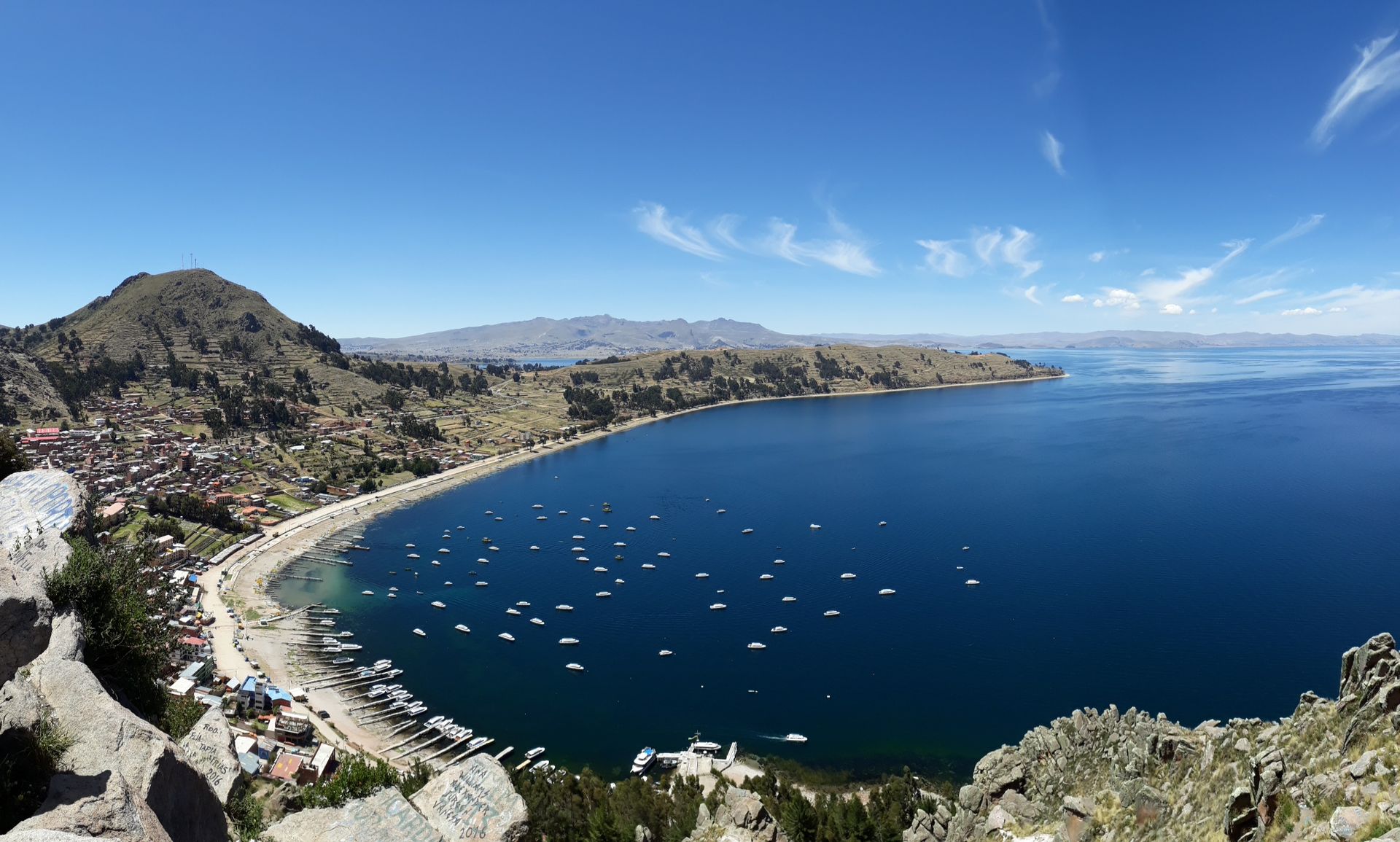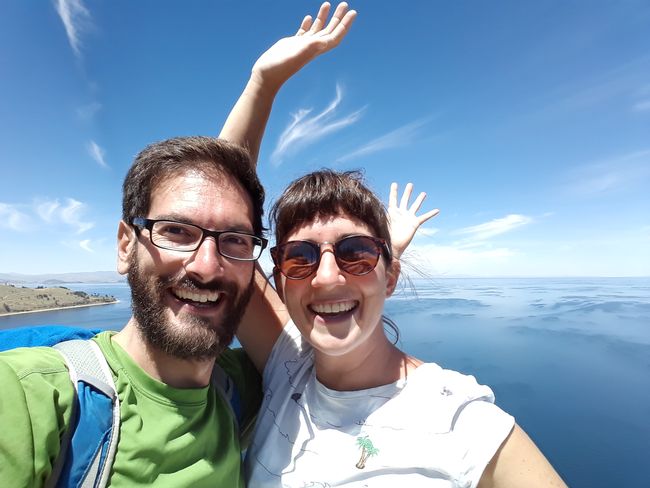Oh how beautiful is Panama / From Panama to Colombia
Naipablaak: 01.08.2017
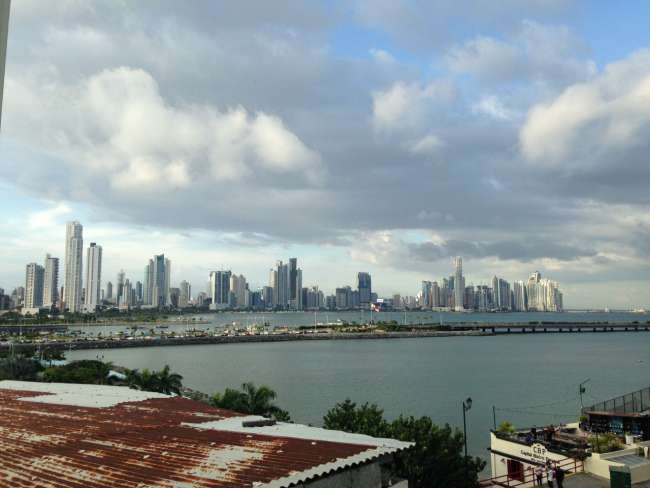
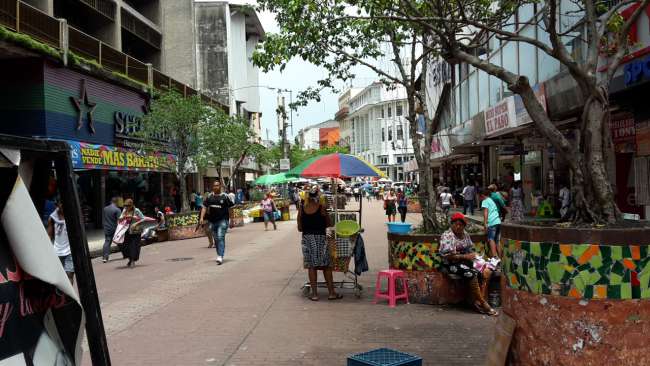
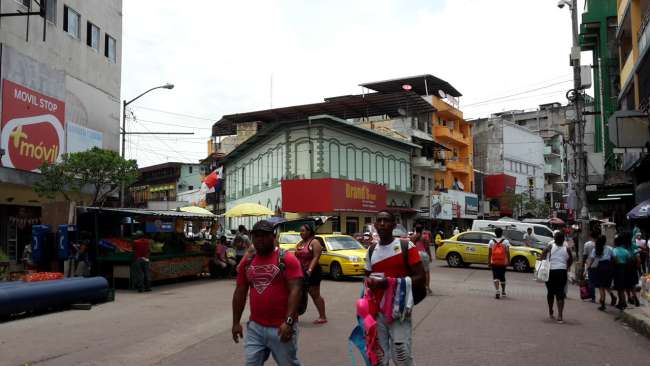
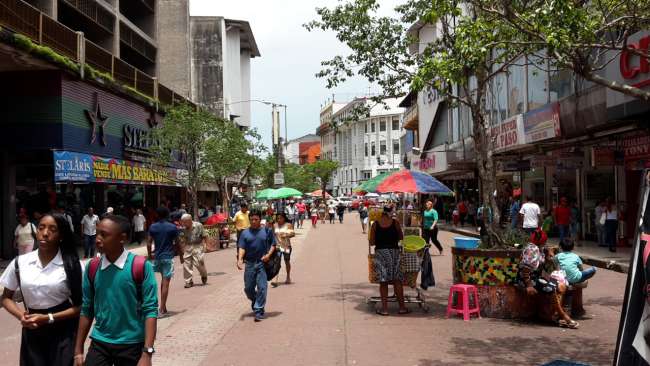
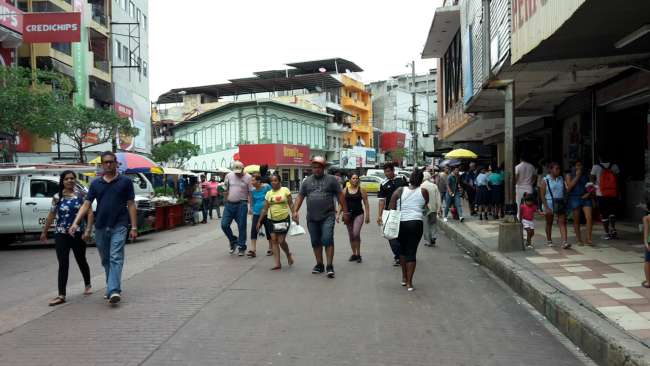
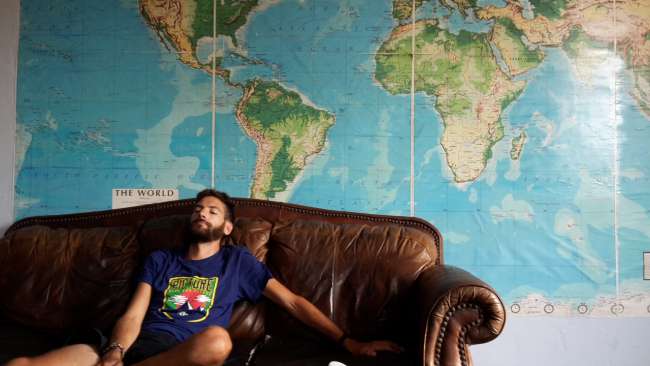
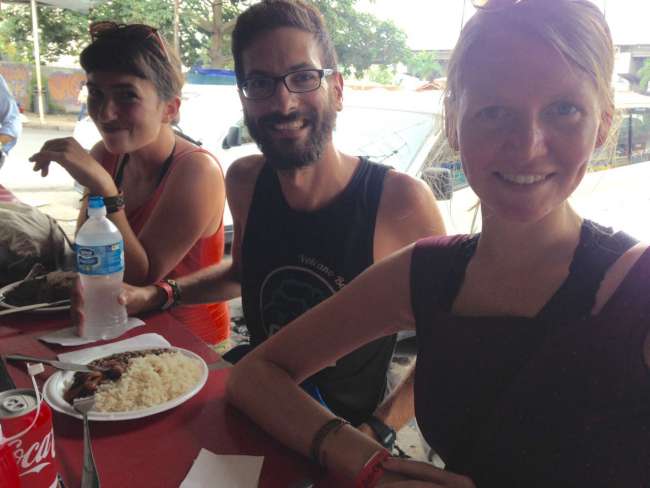
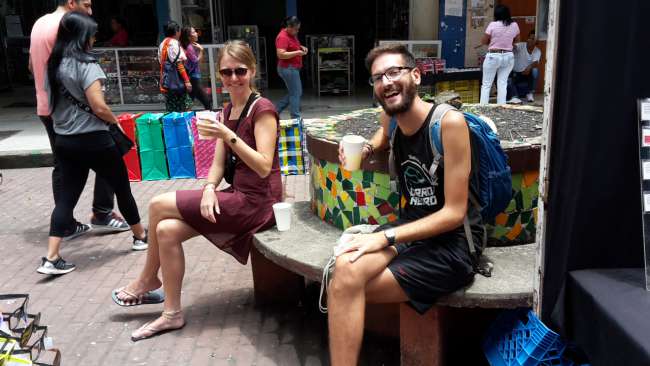
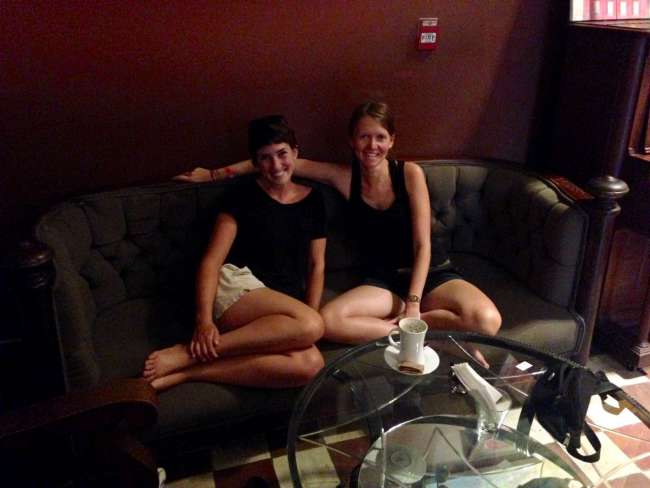
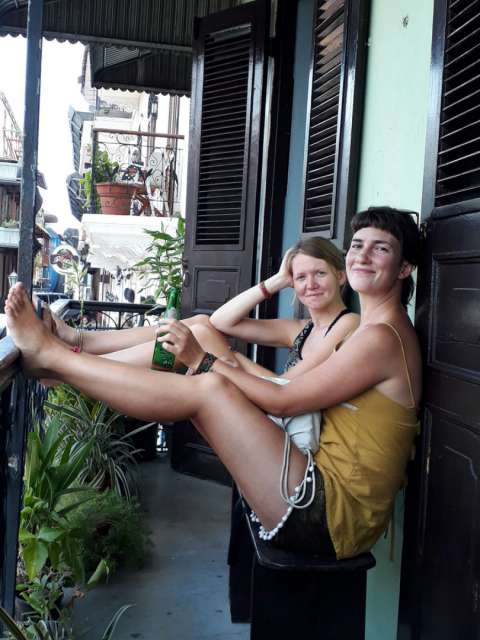
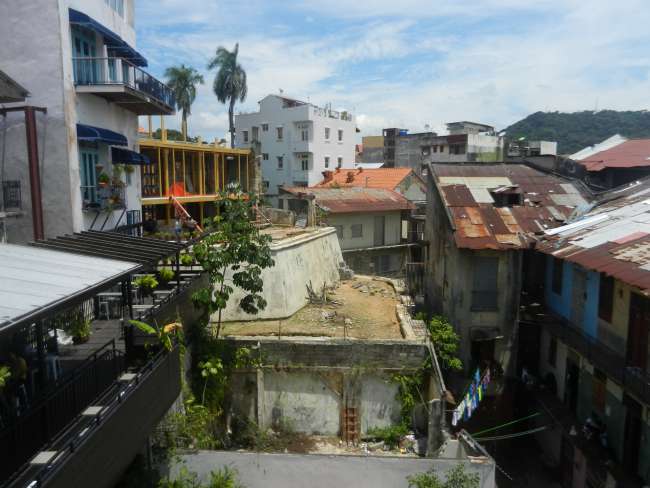
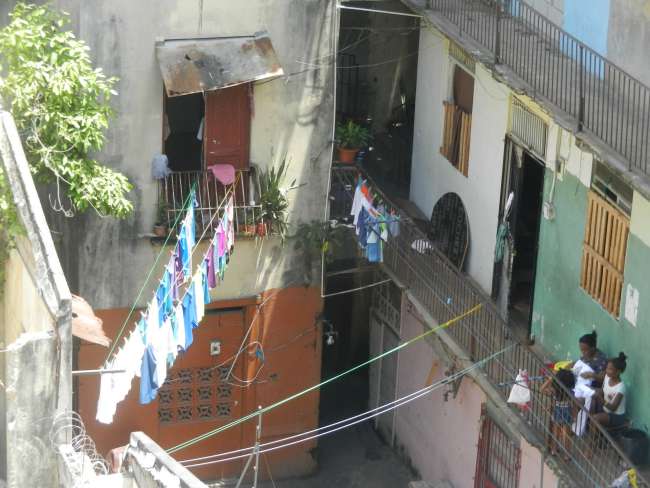
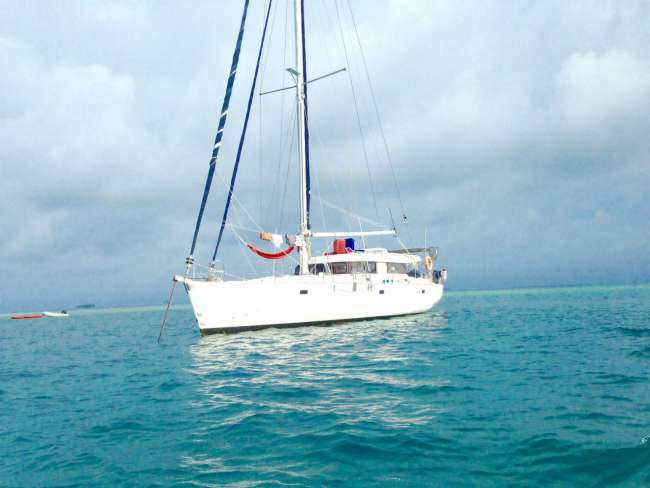
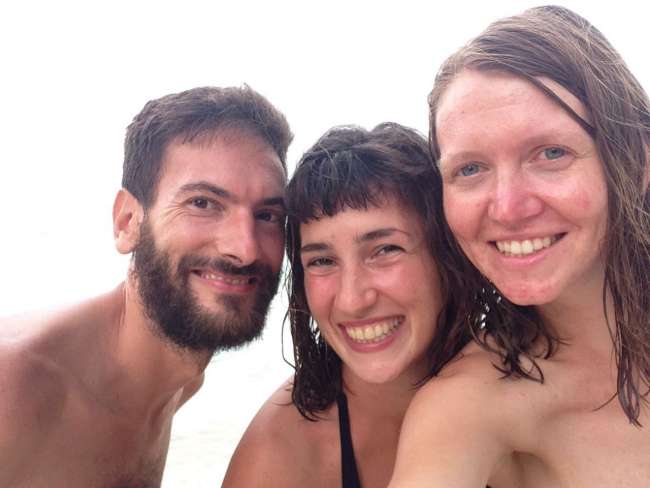
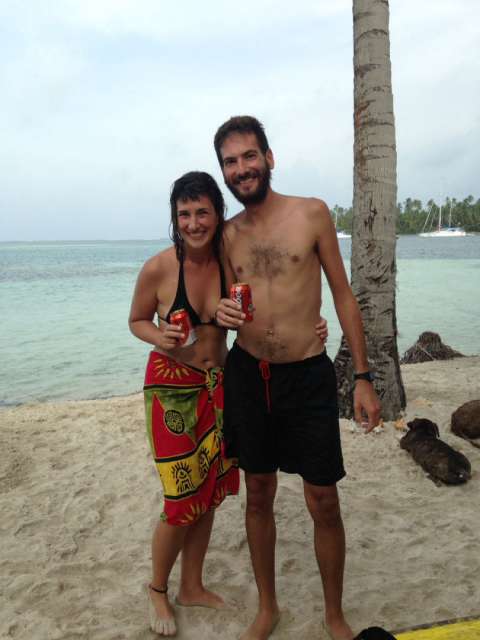
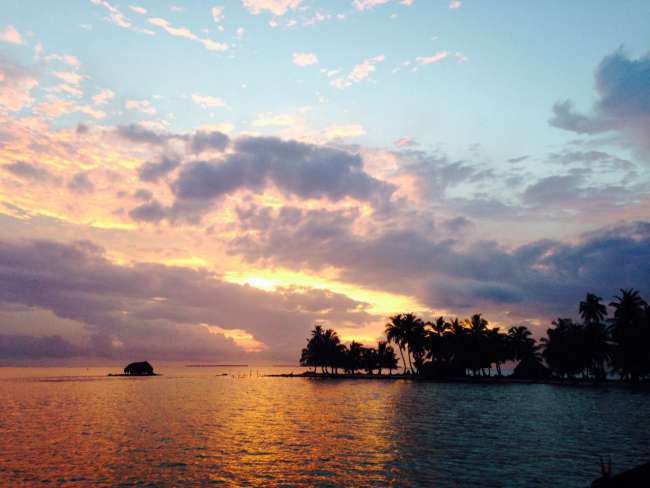
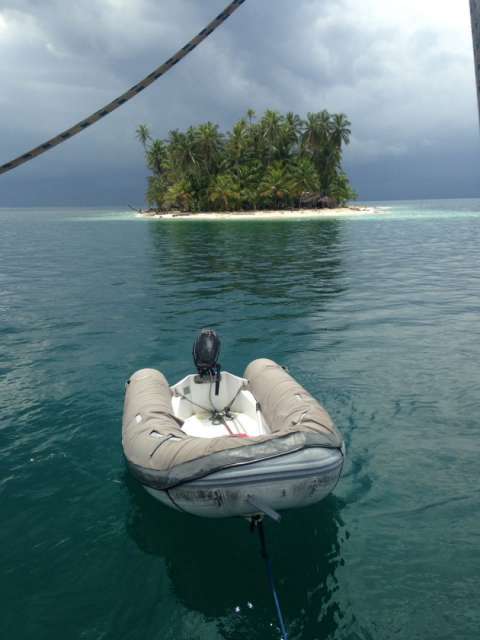
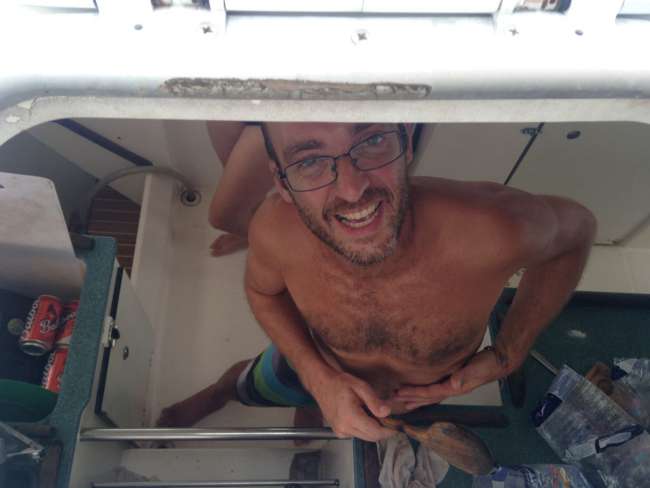
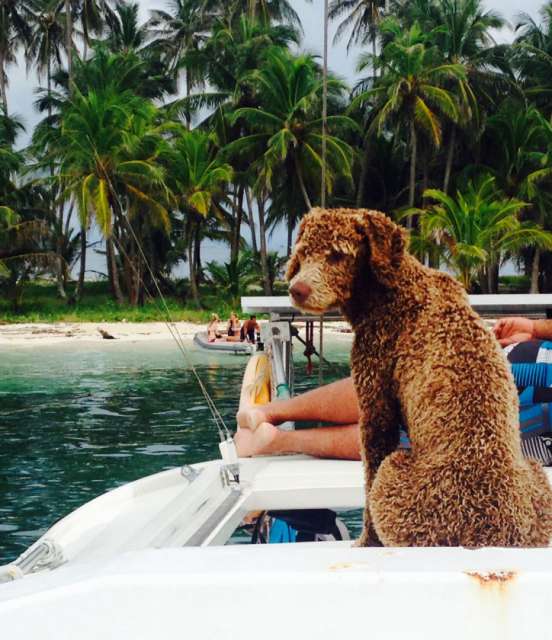
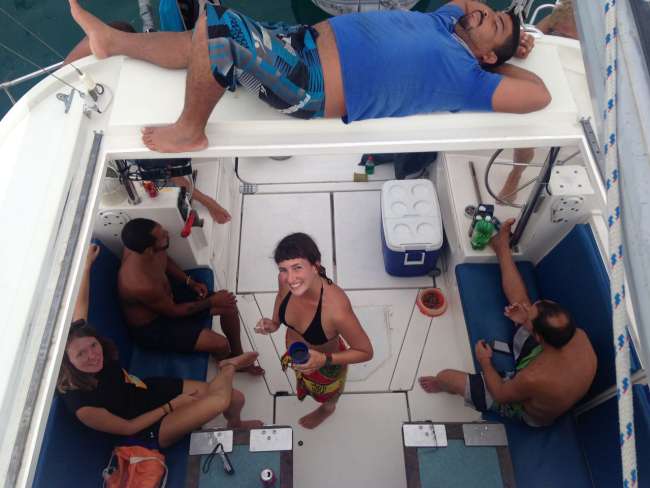
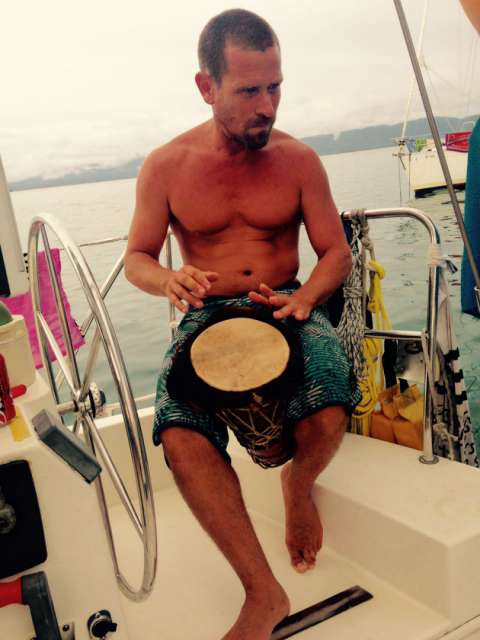
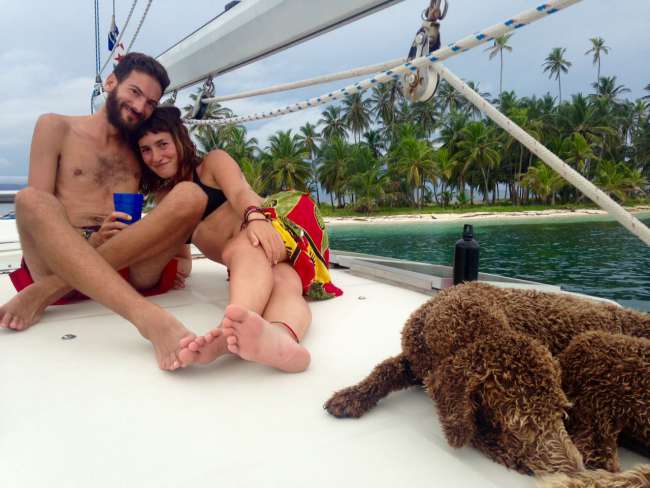
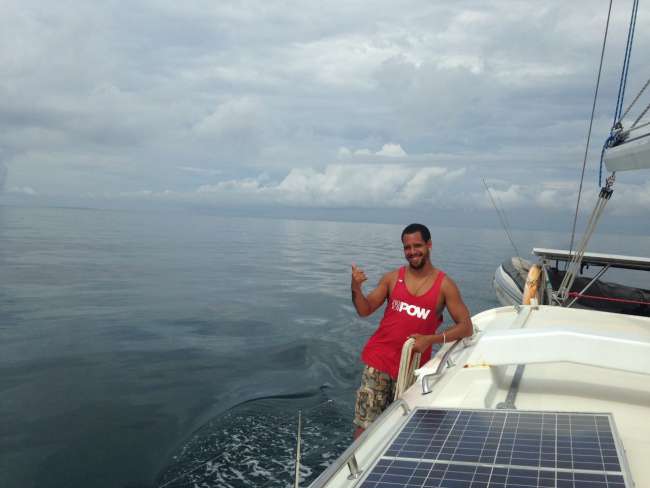
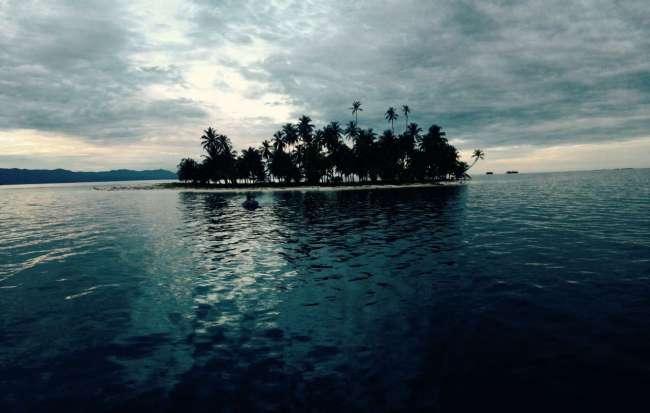
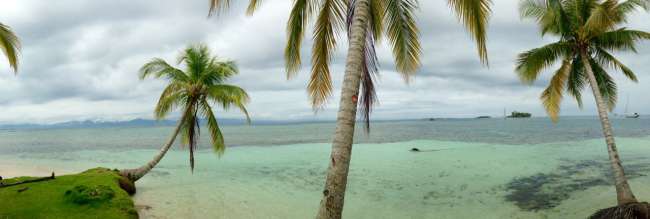
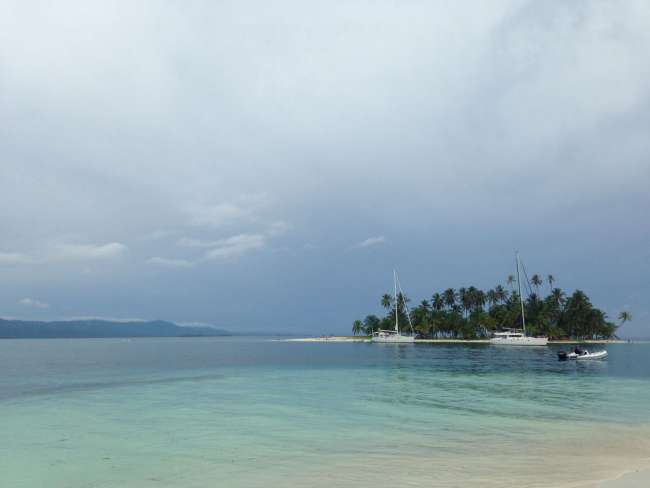


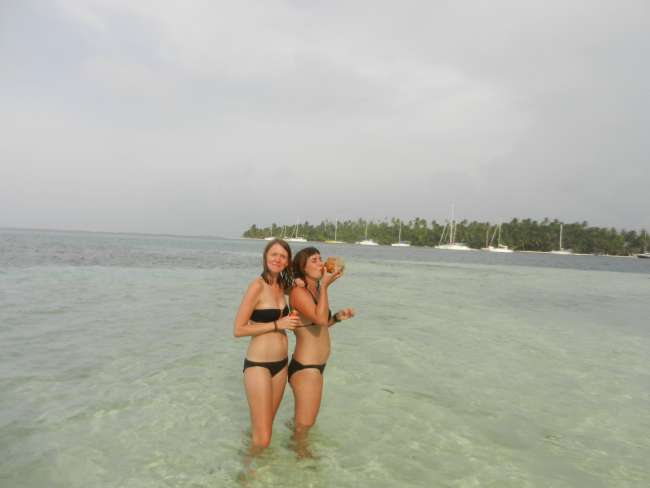
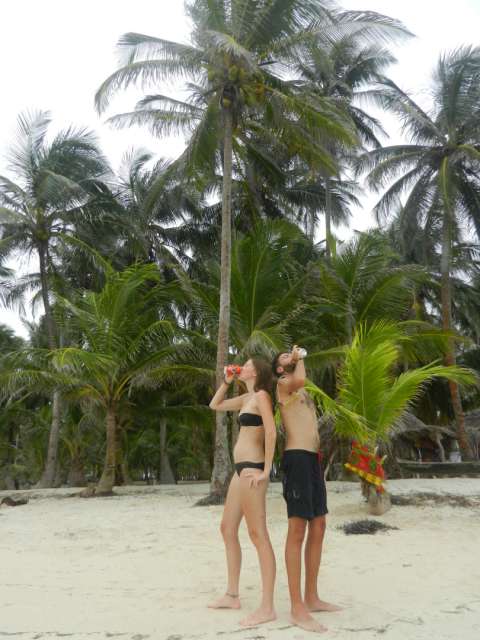
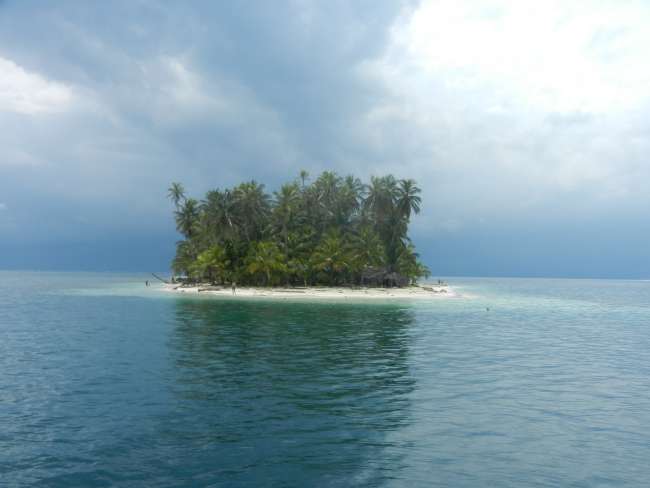
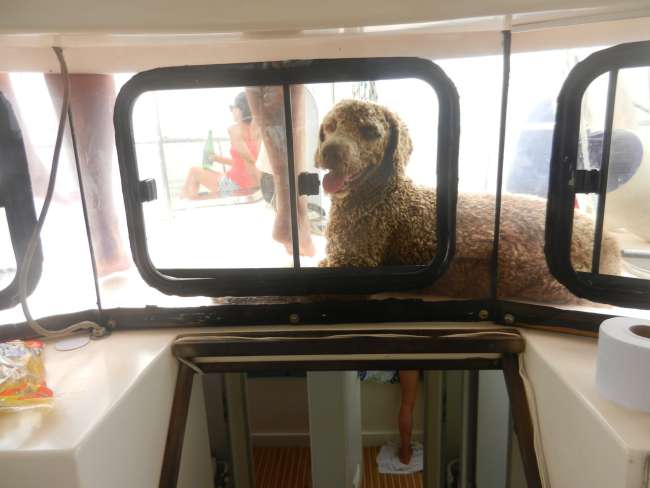
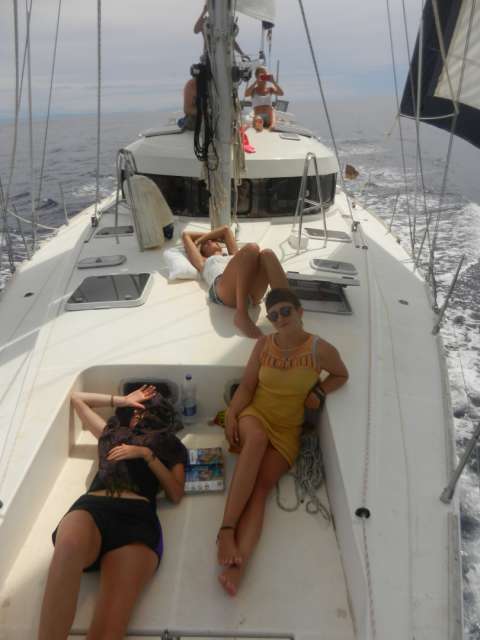
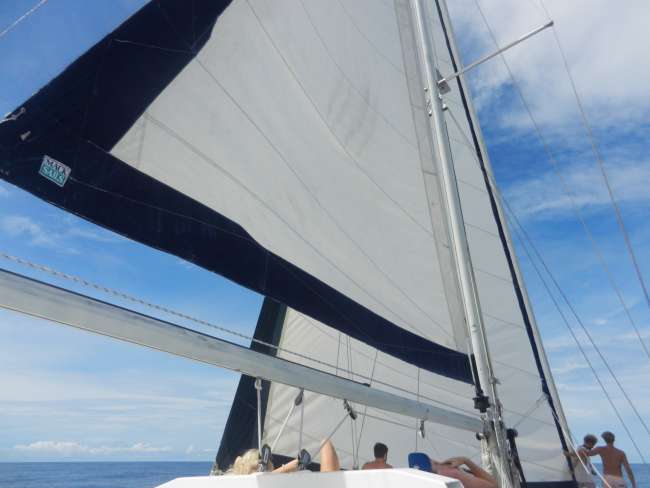
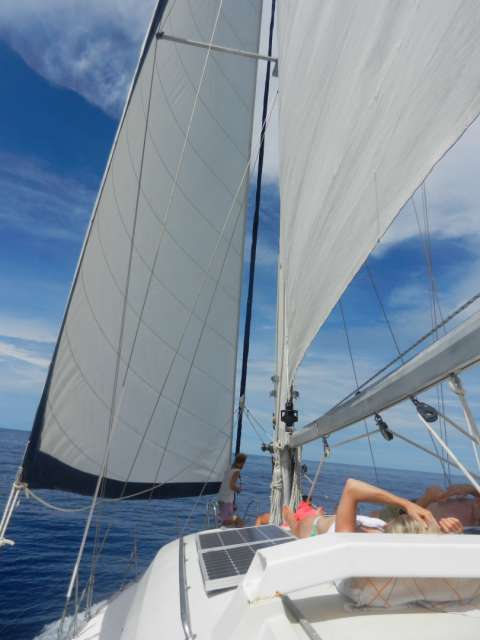
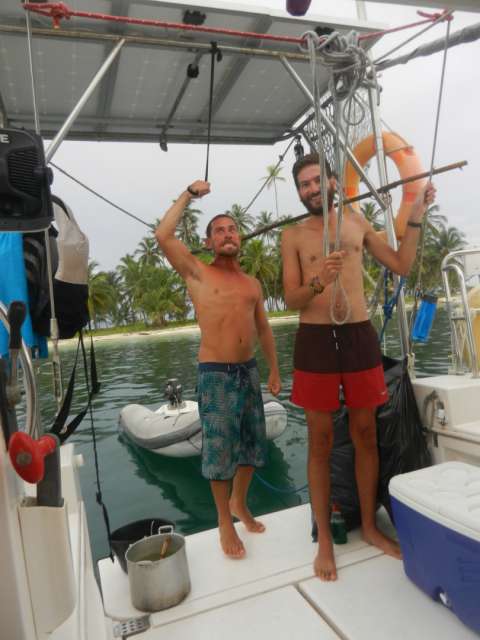
Agsubscribe iti Newsletter
From San Jose, the three of us continue to Panama City. Unfortunately, Christian had to fly back to Germany from San Jose, but Bina is still accompanying us until Colombia. The bus ride to Panama City was estimated to be 17 hours, but it actually took us about 14 hours, so instead of arriving at 5 am as planned, we arrived around 2 am and ended up sitting at the station for hours because we hadn't booked anything for that night... tired and in a bad mood, we finally go to the hostel when it opens in the morning and just crash on the sofas. After a long nap, breakfast, and a shower, we start our first exploration of the old town with better spirits, enjoying good food and coffee. In the next two days, despite the oppressive heat, we explore the old town and the more modern center of the city, which is full of skyscrapers. Panama City is very modern and practically a true world city. Other capital cities in Central America (except San Jose) are really unpleasant and not worth visiting. The old town of Panama City, on the other hand, is beautiful, but we didn't find the rest of the city that great. The main reason for Panama's relatively good economic situation is the Panama Canal, which you can even see from the old town.
From the capital, we take a pick-up truck to the area near El Porvenir, in the Guna Yala region. From there, we continue with a small boat to the island of Chichime, where the sailing boat awaits us to take us to Colombia. On the way there, we spend 3 days in the San Blas archipelago, which consists of 365 Caribbean islands and is under the control of the Kunas. Although the area belongs to Panama, it is a semi-autonomous region of this indigenous population, which is very strict when it comes to entering their territory and demands a lot of money for everything. Additionally, they live in a matriarchy, where the land belongs to the women and they are the decision-makers. Only about 50 islands are permanently inhabited, and tourism is still in its infancy. The main language is the Kuna language, and Spanish is spoken poorly or not at all. We visit 6 of these islands, all of which can be circumnavigated in a maximum of 10 minutes on foot. We swim a lot, snorkel, and drink rum. We see many fish, dolphins, several eagle rays, and flying fish. Although the sun barely shows itself, we enjoy nature and the water. On each of the islands we visit, 1-2 families live there and we practically sit in their garden. However, it is difficult to make contact with the locals, which is partly due to the language barrier, but on the other hand, we unfortunately cannot avoid feeling like intruders. We are not sure if we are really welcome here. In Guatemala, for example, it was completely different, we felt warmly welcomed and it was easier to strike up a conversation. The feeling of being unwelcome is intensified by our party-loving fellow travelers, who somehow don't get it and are very exhausting for us. Especially since space on the boat is very limited (18 people and a dog on a not very spacious boat) and you can't really avoid each other. Actually, we get along best with the 4-person crew, 4 men who don't care much about cleanliness but are very sympathetic. Well, in short, the experience was on one hand very nice because the islands are dreamlike and it feels totally unreal to be there, I also really liked the 2 days of sailing from San Blas to Colombia, the sea was mostly calm and all you could see on all sides was the sea, sea, and more sea. On the other hand, the boat was simply too small for so many people, especially when you don't know them and it doesn't fit so well. Now we are in Cartagena and looking forward to the first days in South America!!
After our trip to Costa Rica, we return to its capital, San Jose, to say goodbye to Christian, who has to return to Germany. Bina, Ninja, and I continue the journey. To get to Panama City, we take a bus that is supposed to take 17 hours. But to our surprise, it arrives a few hours earlier at the bus terminal, around 2 in the morning. Of course, we didn't have anything booked for that night, so we had to sit there for hours until our hostel opened. Once there, in a bad mood, we take a nap and shower. Feeling better, we go for a walk in the old town. In the following days, we go shopping and visit the downtown area, full of skyscrapers. The old town is very beautiful, but the rest of the city is not that great.
After three days, a jeep comes to pick us up to take us near El Porvenir, in the indigenous area of the Guna Yala. From there, the indigenous people take us to the island of Chichime by boat, where our sailboat awaits us.
The plan is as follows: we will spend 3 days visiting some islands in the San Blas archipelago and another 2 days sailing in open water to Cartagena, Colombia. In the San Blas archipelago, the Kunas live, occupying about 50 of the more than 300 available islands. They live under a matriarchal system, where women own the land. Communication with them is a bit difficult, as they speak limited Spanish or do not speak it at all. The Kunas organize themselves into family groups to distribute the islands. The islands we visited were very small and each one was occupied by a single family. It really felt like visiting their backyard :-). Since not all islands are equally productive, families rotate between islands every 2 months. The families are practically dedicated to preparing our food, selling us beers, and keeping the islands as clean as possible. We take walks on the islands, do some diving, and enjoy the unique and special landscape. We imagined life on the boat to be a bit different, and although we loved the sailing, it was a very small sailboat for so many people (18 people and a dog). Also, although the crew of the boat were 4 guys with whom we got along really well, they didn't keep it very clean, especially the bathrooms. On the other hand, the food they prepared for us was really good. Along the way, we saw dolphins, eagle rays jumping out of the water, and flying fish.
In summary, I could say that I really enjoyed the experience, although if there is a next time I do something similar, I would either look for a bigger boat or one with fewer people on board.
Agsubscribe iti Newsletter
Sungbat
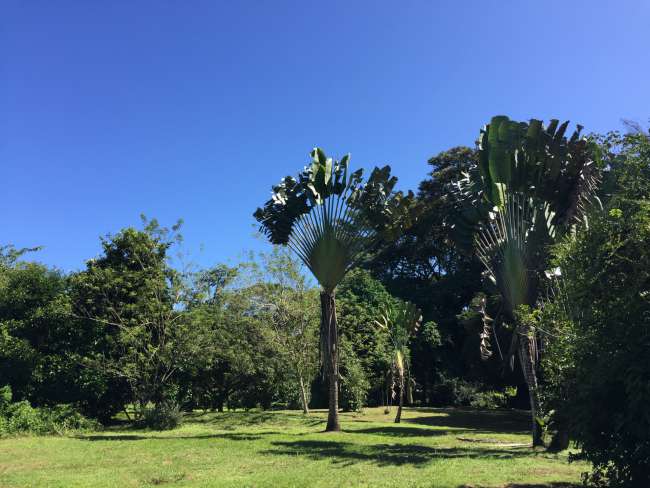
Dagiti report ti panagbiahe Panama
